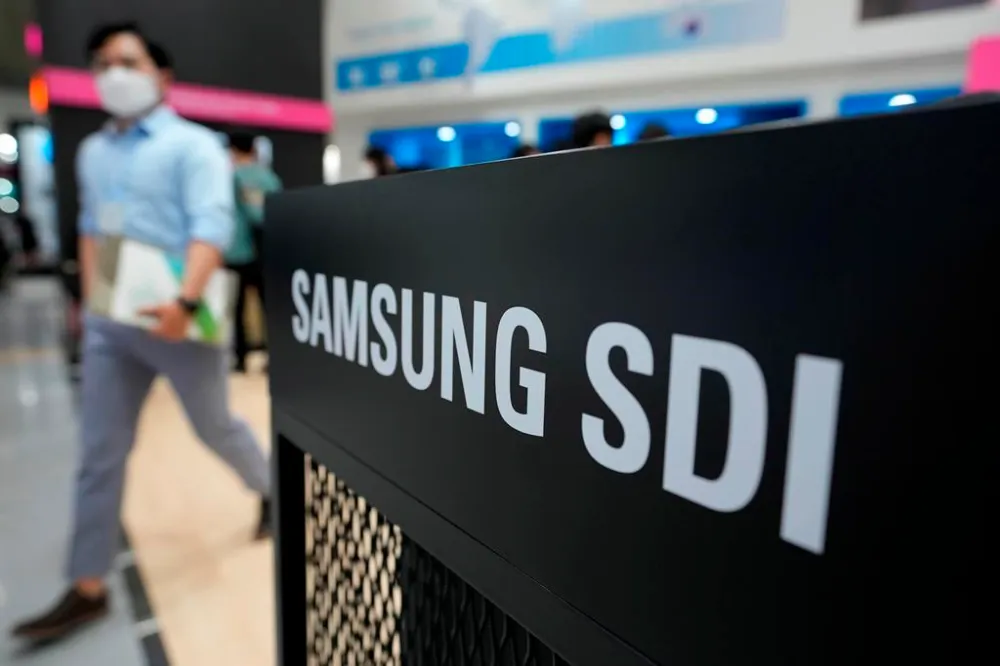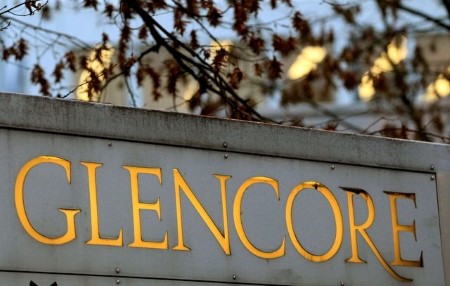Nickel was the worst performer among the London Metal Exchange’s (LME) base metals last year by some margin as the market priced in a wave of new Indonesian supply.
Indonesia’s mined production rose by 29.2% year on year in the first 10 months of 2023, according to the International Nickel Study Group. Nickel demand is rising fast thanks to its use in electric vehicle batteries but nowhere near the pace of supply growth.
Until recently the growing supply surplus was confined to intermediate products such as ferronickel and matte rather than the high-purity refined metal that trades on the LME and the Shanghai Futures Exchange (ShFE).
That is changing as stocks rise on both exchanges, narrowing the pricing gap between refined metal and other forms of nickel.
LME three-month nickel , currently trading at $16,050 per metric ton, is now eating into the cost curve and hard-pressed producers could face more margin pain.
Stocks surge
Low LME stocks were the anomaly in nickel’s bear narrative for much of last year.
They were a symptom of the disconnect between Indonesia’s rapid expansion of intermediate products capacity and a stubbornly tight refined metal segment of the supply chain.
That started to change in the fourth quarter of last year. LME-registered inventory has grown rapidly from 37,170 tons at the start of September to 69,510 tons now.
A significant driver of that has been the amount of Russian metal arriving in the LME system.
Warranted stocks of Russian nickel increased from 7,068 tons at the end of August to 17,772 at the end of December, likely reflecting a combination of weaker demand and self-sanctioning by Western users.
Converting surplus
But the real game changer is the rising tonnage of Chinese metal in the LME storage system. There was no warranted Chinese-branded nickel at all as recently as August. By the end of December there were 6,408 tons.
That’s down to the Chinese build-out of capacity to convert Indonesia’s stream of intermediate products into refined metal that is LME-deliverable.
Macquarie Bank estimates that 250,000 tons of annual conversion capacity will be online by the end of this year.
The advances in processing technology have coincided with the LME’s efforts to boost stocks liquidity after the market blow-out in March 2022.
The LME has listed two new Chinese brands of nickel produced by Huayou Cobalt and Jingmen Gem with annual capacity of 6,600 and 10,000 tons respectively. They join Jinchuan and Yintai Cash on the LME’s good delivery list.
All produce full-plate cathode, LME stocks of which have nearly doubled since the start of December to almost 34,000 tons.
But it’s not only the LME that is seeing more Chinese metal turn up.
ShFE inventory, which is highly dependent on Chinese nickel brands, hit a multi-year low of only 560 tons at the end of May 2023. Stocks have since mushroomed to 14,193 tons, the highest level since January 2021.
Bear pressure
Both exchanges will welcome the boost to stocks liquidity provided by Chinese converters.
However, it’s not good news for other producers.
The LME nickel price is already hovering near three-year lows. Hopes for a price lift from index rebalancing at the start of the year have been dashed, with little discernible impact from the expected buying.
Higher-cost operators are struggling.
Australia’s Panoramic Resources, opens new tab went into voluntary administration in December. Its administrators said on Jan. 8 that operations at the Savannah nickel project would be suspended because the “prospect of achieving a near-term turnaround of operations and finances is low”.
First Quantum, opens new tab this week announced that it will cut jobs and production at its Ravensthorpe mine in Australia because of a “significant” downturn in prices that it expects to last three years.
Even majors such as BHP Group are feeling the pinch. “We are working hard to remain globally competitive in a very tough operating environment,” said Jessica Farrell, president of the company’s Nickel West division.
The problem is that there is no sign of the Indonesian nickel juggernaut coming to a halt any time soon.
Indeed, Macquarie analysts note that “surpluses remain our base forecast for the overall nickel market all the way out to 2027, most likely in all main product categories.”
As more of that surplus is transformed into refined metal, exchange stocks will rise further, piling ever more pressure on the nickel price.
(The opinions expressed here are those of the author, Andy Home, a columnist for Reuters.)
(Editing by David Goodman)



